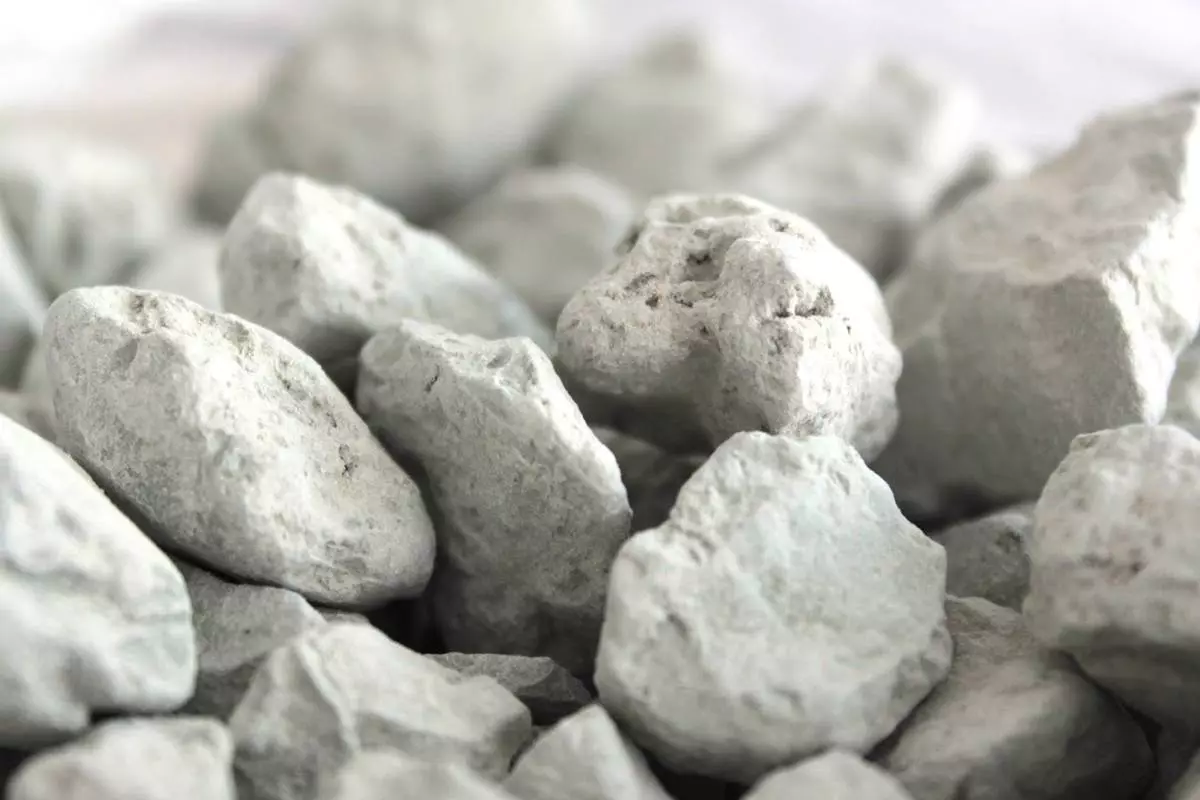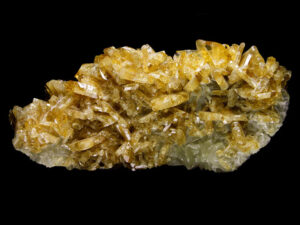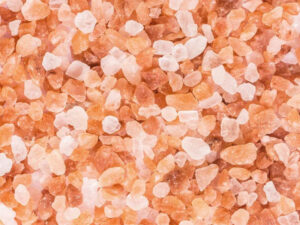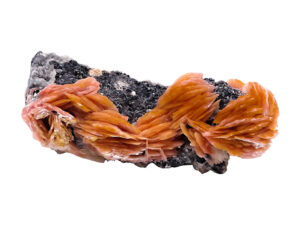In the world of agriculture, innovation is the key to ensuring bountiful harvests and sustainable farming practices. One such innovation is the use of kaolin, a natural clay mineral, which has found its way into the fields and orchards of farmers worldwide. In this comprehensive article, we’ll explore the various applications of kaolin in agriculture, how it benefits crops, and why it has become an essential tool for modern farmers.
Read More: Kaolin
Introduction
Modern agriculture faces the challenge of increasing crop yields while minimizing the environmental impact of farming practices. Kaolin, a versatile and natural clay mineral, offers a promising solution. Its unique properties make it a valuable asset for farmers looking to enhance crop protection and yield.
Understanding Kaolin
Before delving into kaolin use in agriculture, it’s essential to understand what kaolin is. Kaolin, also known as china clay, is a white, fine-grained clay mineral primarily composed of kaolinite. It is mined from deposits in various parts of the world, with significant sources found in the United States, Brazil, and the United Kingdom.
The History of Kaolin in Agriculture
The use of kaolin in agriculture dates back centuries. Indigenous peoples in some regions employed kaolin to protect their crops from pests and adverse weather conditions. However, it’s in recent decades that scientific research has unlocked the full potential of kaolin in modern farming.
Mechanism of Action
Kaolin as a Physical Barrier
One of the primary ways kaolin benefits crops is by serving as a physical barrier. When applied as a fine powder, it forms a protective layer on the plant’s surface. This layer acts as a deterrent to insect pests, such as aphids and whiteflies, making it harder for them to feed on the plant.
Reflective Properties
Kaolin’s reflective properties are another reason for its effectiveness in agriculture. Its white color reflects sunlight, reducing heat stress on plants during scorching summers. This sunburn protection is particularly crucial for fruit trees and vineyards.
Read More: Silica
Applications of Kaolin in Agriculture
Insect Pest Management
Farmers use kaolin-based sprays to deter insect pests. This natural approach minimizes the need for chemical pesticides, promoting sustainable farming practices. Kaolin-coated leaves make it challenging for pests to establish feeding sites, reducing crop damage.
Sunburn Protection
Fruit trees and other susceptible plants can suffer from sunburn, especially in regions with intense sunlight. Kaolin sprays create a protective barrier that reflects sunlight, preventing sunburn damage to leaves and fruits.
Heat Stress Mitigation
In regions with high temperatures, kaolin’s reflective properties help mitigate heat stress in crops. By reducing the absorption of sunlight, it keeps plant temperatures lower and ensures healthier growth.
Disease Control
Kaolin has shown promise in preventing the spread of certain plant diseases. When applied as a preventive measure, it forms a physical barrier that inhibits pathogens from infecting the plant.
How to Apply Kaolin to Crops
The application of kaolin to crops requires careful consideration of factors such as crop type, timing, and weather conditions. Farmers can apply kaolin as a spray, ensuring uniform coverage of leaves and fruits.
Read More: UREA
Environmental Impact and Sustainability
Kaolin’s natural origin makes it an environmentally friendly option in agriculture. It reduces the reliance on chemical pesticides, minimizing the ecological footprint of farming practices. However, the mining and processing of kaolin can have environmental impacts that need to be managed responsibly.
Challenges and Considerations
While kaolin offers numerous benefits, it is not without its challenges. Farmers must consider factors like proper application techniques, weather conditions, and potential effects on beneficial insects.
Benefits of Kaolin Use
Increased Crop Yields
One of the most significant advantages of using kaolin is the potential for increased crop yields. By protecting plants from pests and environmental stressors, kaolin ensures healthier and more productive crops.
Reduced Chemical Usage
Kaolin’s role in pest management reduces the need for chemical pesticides. This not only saves farmers money but also contributes to a safer and more sustainable agricultural ecosystem.
Improved Fruit Quality
Kaolin’s sunburn protection enhances the quality of fruits by preventing cosmetic damage and ensuring even ripening.
Case Studies
Several case studies highlight the success stories of farmers who have incorporated kaolin into their farming practices. These real-world examples demonstrate the tangible benefits of kaolin use.
Future Trends in Kaolin Application
As research continues, we can expect to see innovative uses of kaolin in agriculture. Advancements in application techniques, formulations, and integration with other farming practices will shape the future of kaolin in agriculture.
Read More: Wikipedia
Conclusion
Kaolin’s versatility and effectiveness in protecting crops and enhancing yields have made it a valuable asset for modern agriculture. By reducing the reliance on chemical pesticides and promoting sustainable farming practices, kaolin is playing a vital role in ensuring a brighter and more productive future for farming.











